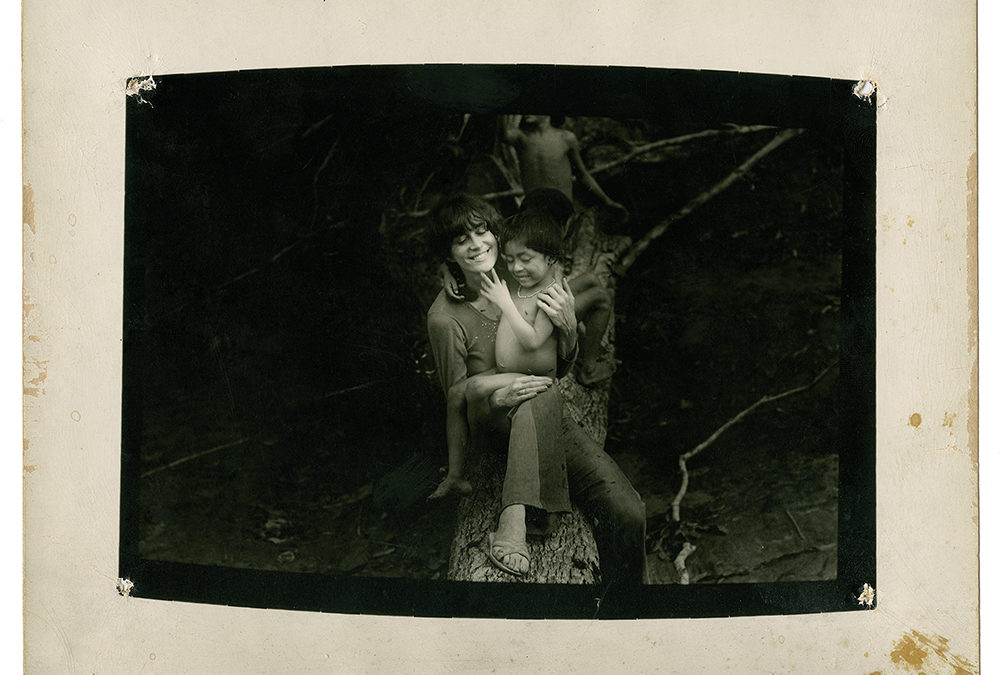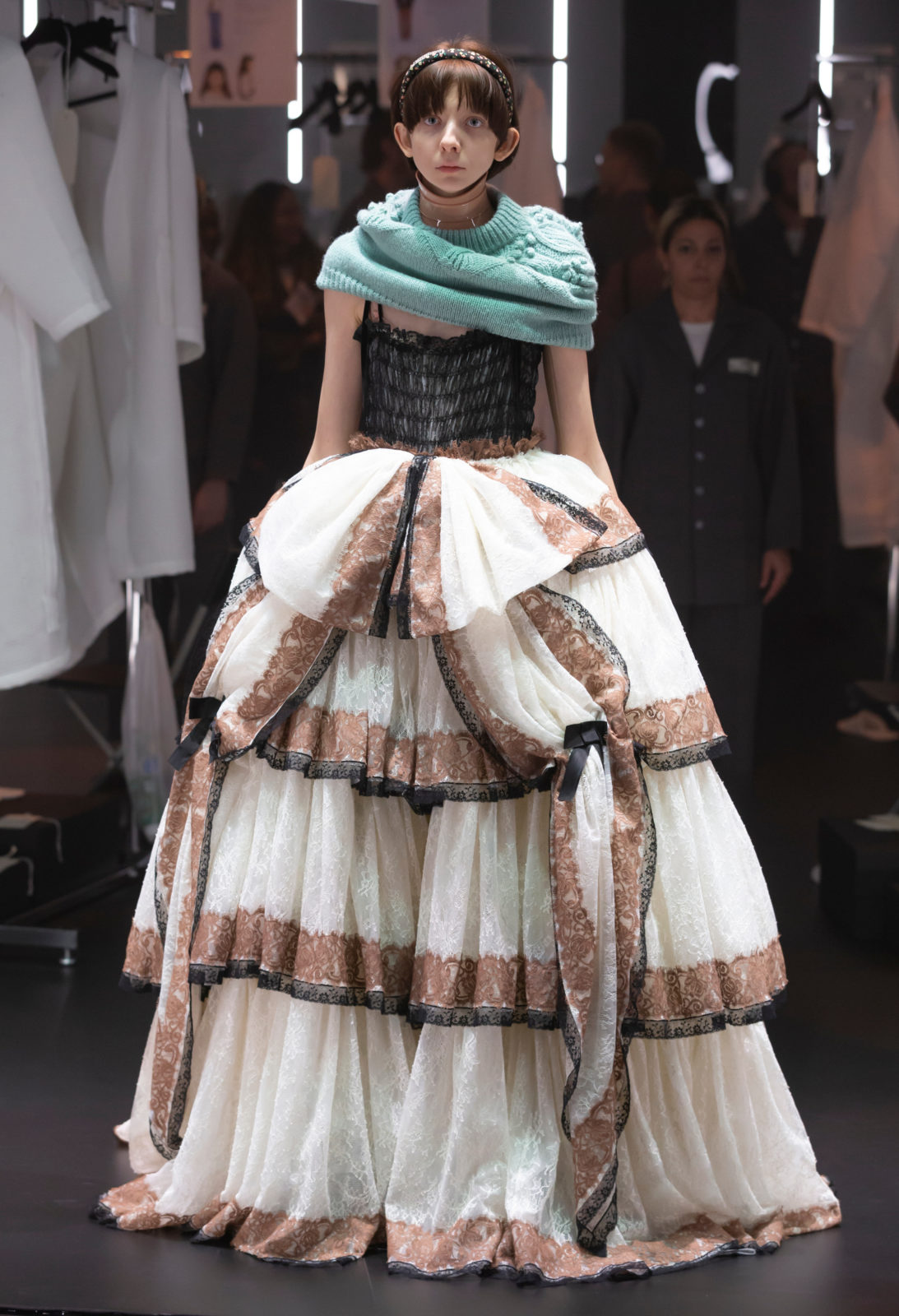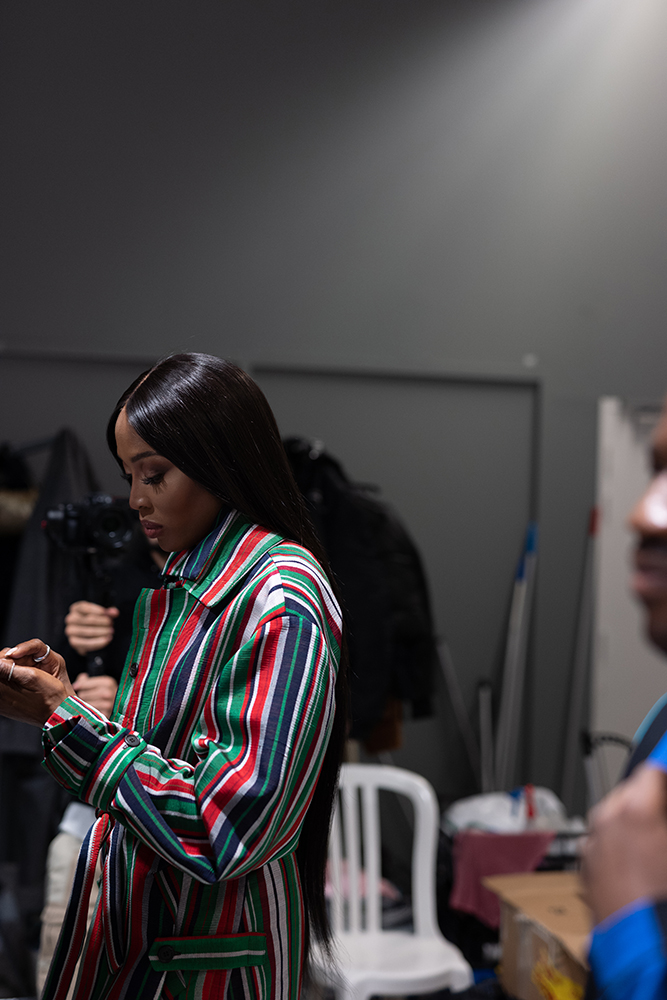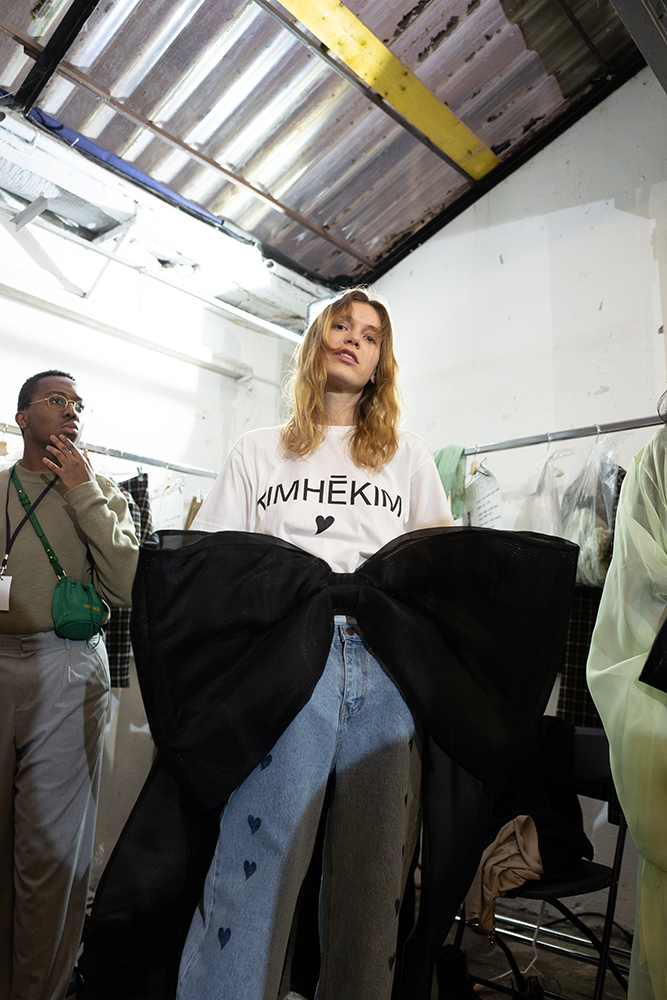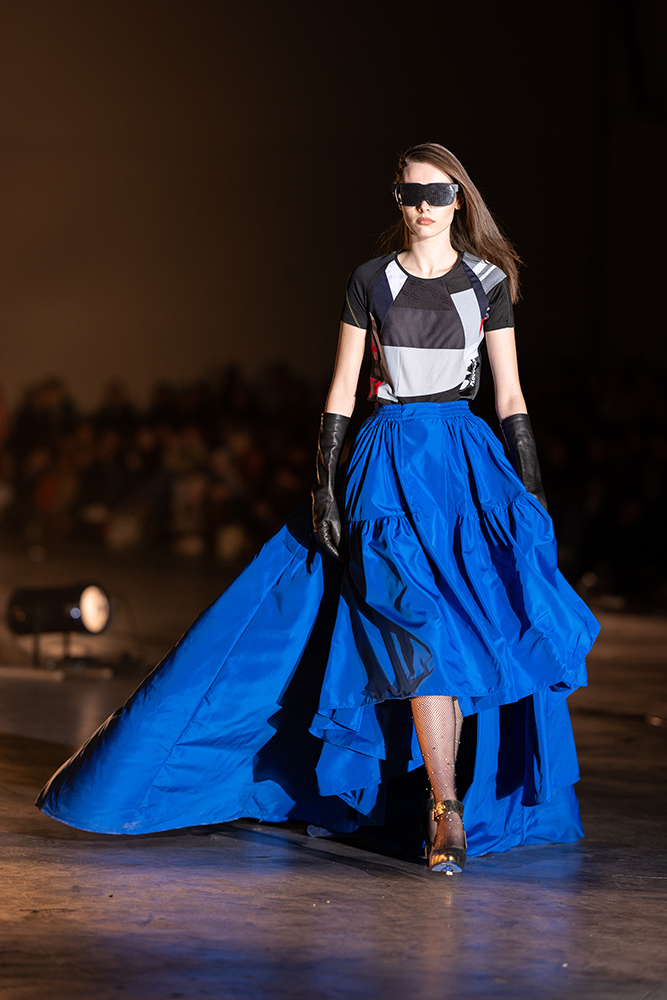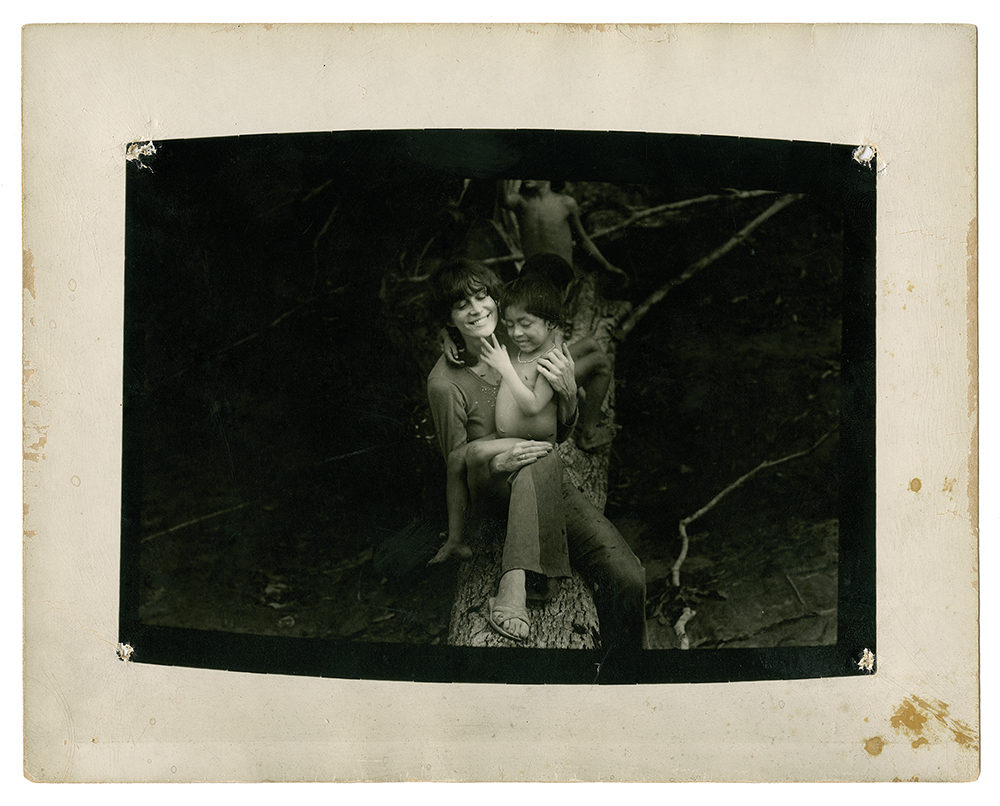
In Catrimani basin, Roraima State, photograph by Carlo Zacquini, 1974
A MEETING WITH CLAUDIA ANDUJAR
By Stéphanie Bui
With this video of Sebastião Salgado sending an urgent appeal to the Brazilian government to defend the indigenous people of the Amazon from exploitation and COVID-19, we wanted to share our interview with Claudia Andujar from our issue 91.
A call for aid has gone out to the international community: the Yanomami struggle has arrived at the Fondation Cartier with a major retrospective exhibition devoted to the photographic work of Claudia Andujar, on display through May 10. Meet the eighty-eight-year-old artist, a tireless warrior who has spent over forty years fighting for the rights of indigenous peoples in the Brazilian Amazon.
Urgent action is needed. That is the powerful message conveyed by you all: exhibition curator Thiago Nogueiro, anthropologist Bruce Albert, one of your travel companions, and Davi Kopenawa, shaman and spokesperson for the Yanomami Indians of Brazil, present in Paris for the inauguration of the exhibition, Claudia Andujar, The Yanomami Struggle…
We are living in a time of great uncertainty. Brazil’s president, elected in 2018, has stated that he is determined to develop the Amazon territory containing the Yanomami lands where 36,000 Indians live. He says he wants to pursue economic development, but only in his own way. This will no doubt lead to the next invasion, which will bring about certain actions that the Yanomami do not wish to see. It is not yet clear what the projects will be, other than the economic development of the Yanomami territory, where there are minerals like gold. At the moment, there is also the threat posed by the return of illegal gold diggers, who number between 20,000 and 40,000, and the consequences of contact with white people, particularly in terms of health and the spread of epidemics. Indigenous chiefs are also being killed.
Davi Kopenawa says he is a “survivor”…
Yes, the situation is very serious.
Bruce Albert refers to a sort of remake of the Brazilian dictatorship of the 1970s, although a lot has been achieved with the help of you and your fellow fighters. In 1979, you created an NGO, the Pro-Yanomami Commission (CCPY), leaving your artistic projects aside and turning to activism. From then on, a long struggle has taken place to defend the territory, culture and rights of this people. You became the coordinator of this movement. In 1992, the Brazilian government recognized the Yanomami territory. What a great victory!
Yes, but achieving formal recognition of the Yanomami lands was a difficult task and a struggle of many years. Today, the threat is posed by the proposed economic projects on this land, which was recognized as belonging to the Yanomami in 1992, on the eve of the Rio Summit, with the help of national and international pressure.
The first time you met the Yanomami was in 1971. When was your most recent visit?
Last year, and I think we should continue the work we started together with some Indians like Davi Kopenawa who accompanied me on visits to Europe and the United States. The international community has always played an important role, especially the countries of northern Europe where some organizations already knew about the Yanomami. They wanted to learn how they could help the Yanomami once their territory had been recognized. It was very important to honor these invitations to the United States or Brazil in order to raise public awareness about another way of life and to help boost its visibility.
Davi Kopenawa says you’re « like a mother » to him…
In the Yanomami culture, being someone’s mother is important, just like in our culture – thought that is up for debate! In any case, he meant that I was a person who stood by their side, who defended them and amplified the struggle of the Yanomani in Brazil and Europe.
You taught Davi Kopenawa how to communicate with the media.
Yes, we worked very hard. That is how we can give the Yanomami a voice in the Western political arena and mobilize international public opinion against violations of their territorial and cultural rights.
Can you mention one of the characteristics of the Yanomami world that struck you as particularly important?
Relationships between families within the community are the most important thing for the Yanomami. That made a big impression on me.
In a text originally published under the title « Relação: homem a homem » in 1975, you write about your experience walking in the forest with the Yanomami: « And I felt that life was taking care of me. It was a walk that purified me. It was cleansing everything that was inside me. The heat, the sweat, the fatigue, the thud of footsteps. I felt in harmony with myself, with the forest; I didn’t care where I went or how long I walked. I knew that I had found myself, that I had found the essential. It was one of those rare moments that one sometimes feels, that sums up everything, where one feels a kind of fullness. It doesn’t last long, just a few moments. » Another of your quotes mentions the « simplicity of living, well-being ». Tell us about this « essential » that you felt….
What I felt then was that human beings are part of the universe, of a totality. The universe is a totality that understands how to live. One thing leads to another, there is a continuity between the visible and the invisible aspects of existence
In your photographic work, this transcendence is expressed with boundless intensity through strong aesthetic choices, miles away from any clichés or poses. Bruce Albert once remarked that you photograph just as an anthropologist would dream: from within. You transport us far away from our rationalist world. For the Yanomami, « Whites » are indeed equated with the « People of Goods », as we discover in the exhibition…
Yes, the Yanomami have completely different values. Yes, I certainly liked those differences.
What can we learn from the Yanomami world?
It would take a book to answer that question! Let me think… I think we can learn greater respect for one another within a human-to-human relationship.
Much of your life has been devoted to the struggle for this people’s survival. How do you feel about everything you have done, as well as the travelling exhibition that will be presented at the Fotomuseum Winterthur in Switzerland in June, the Triennale Milano starting in Fall 2020, and then at the Mapfre Foundation in Spain in 2021?
I think the most important thing is the chance to introduce people to another aspect of our world. At the same time, this other aspect of our world allows us to recognize ourselves in other human beings who deserve to live their lives as they wish and according to their own understanding of the world.
« I am apolitical, but that will not stop me from always fighting for the human right to a dignified existence », you said in 1977. One obviously cannot help but think of how the Yanomami struggle resonates with your personal history… Your paternal family endured genocide, and was decimated in 1944 and 1945… Your activism and photography reveal a lifelong commitment to fighting the crime of genocide…
There’ s no doubt about it!
That’s what makes your work so powerful.
Yes, that’s right.
For those who are familiar with your life and work, you are an inspiration. Bruce Albert calls you Napëyoma, a tireless warrior and extraordinary visionary…
Well, I’m happy, that’s all I can say. So I’m just going to keep on moving: that means I’m going to keep working.
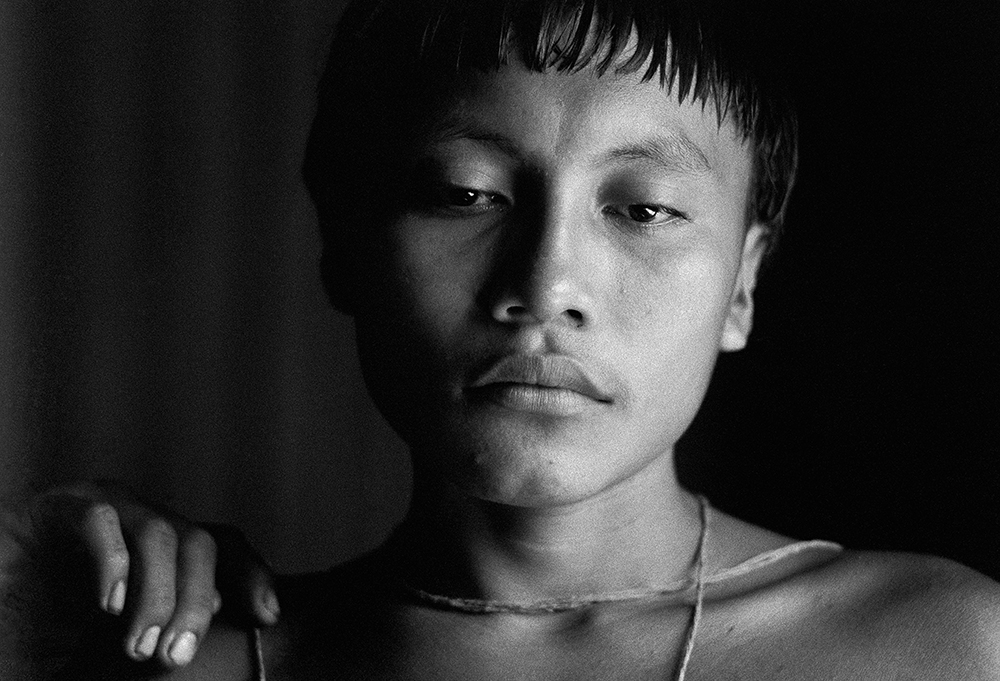
Youth with cotton necklace, Roraima, 1974
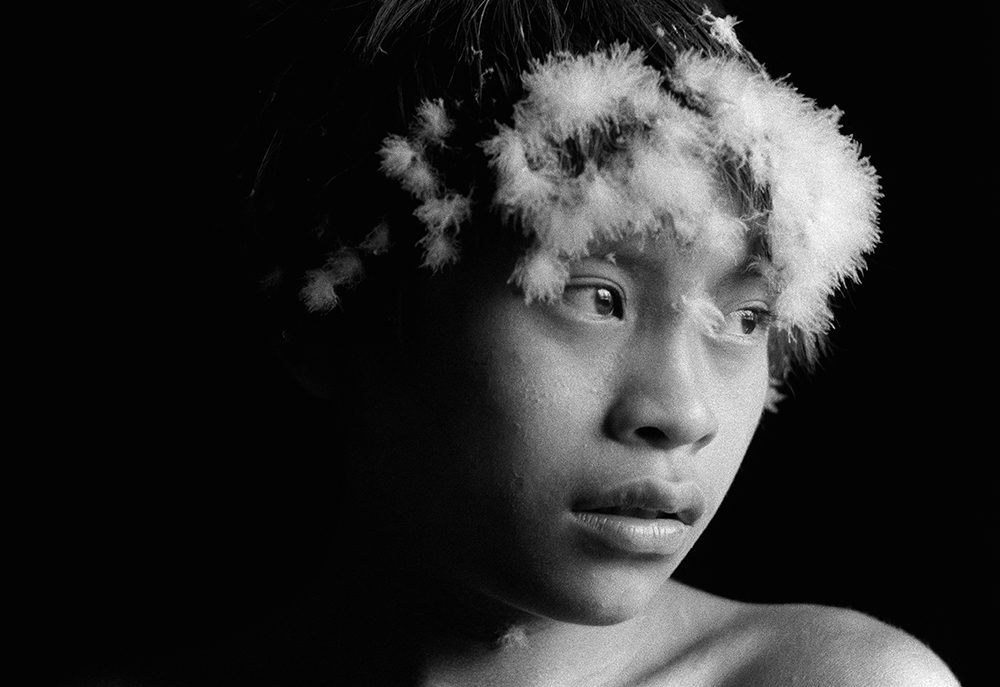
Adolescent with vulture or hawk feathers, Hwaya u thëri, Upper Catrimani, Roraima, 1976.
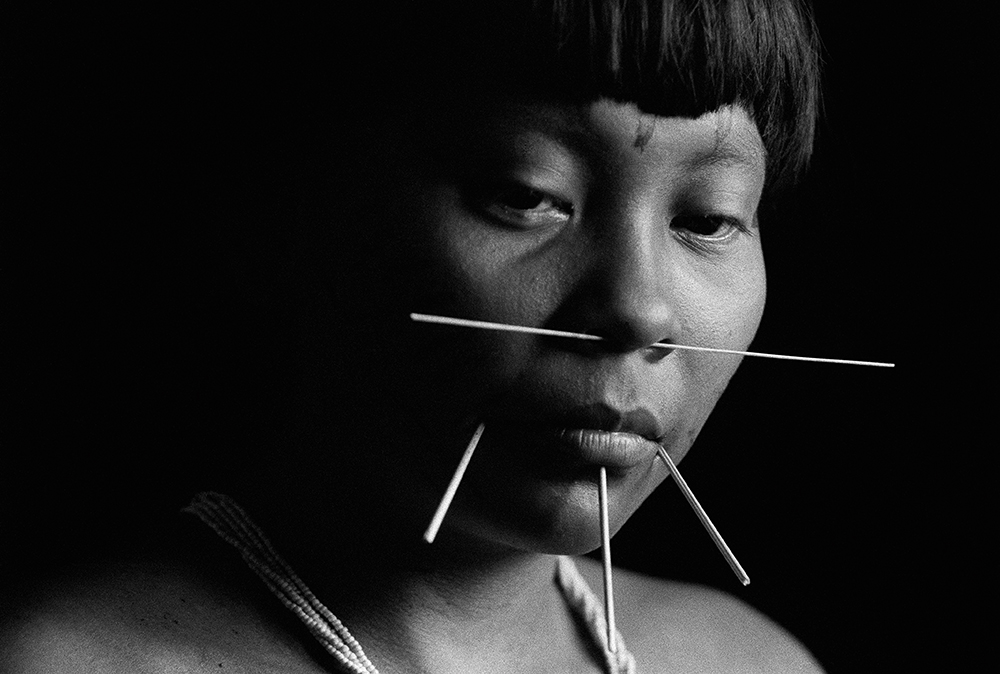
Xina Xaxanapi thëri, with bead necklace and Andropogon bicornis sticks around the lower lip and in the nasal septum, Jundiá, Roraima, 1974.
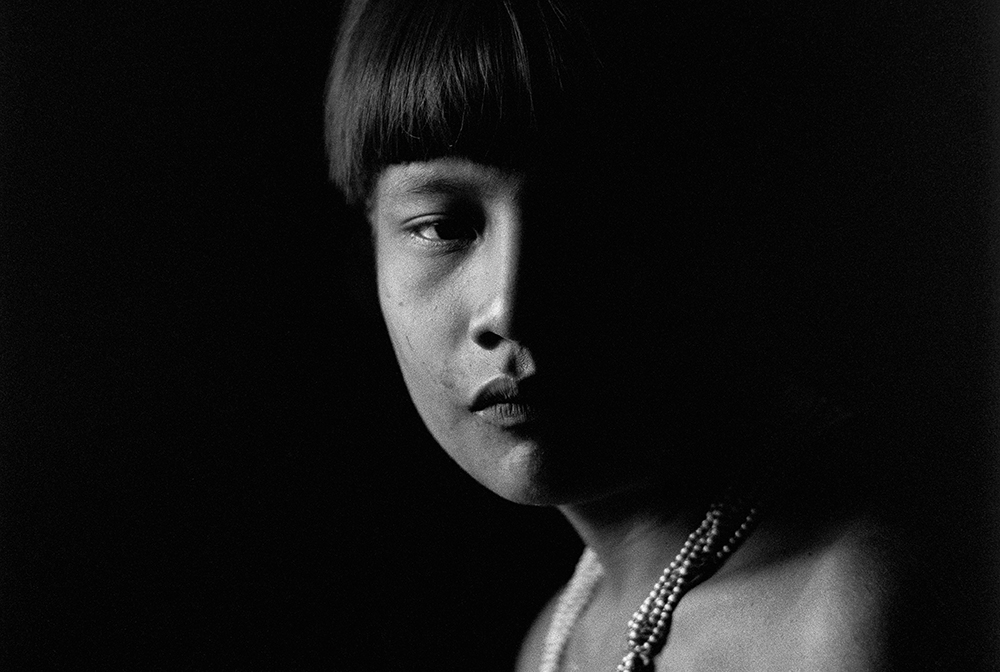
Unahi Opiki thëri, Roraima, 1974.
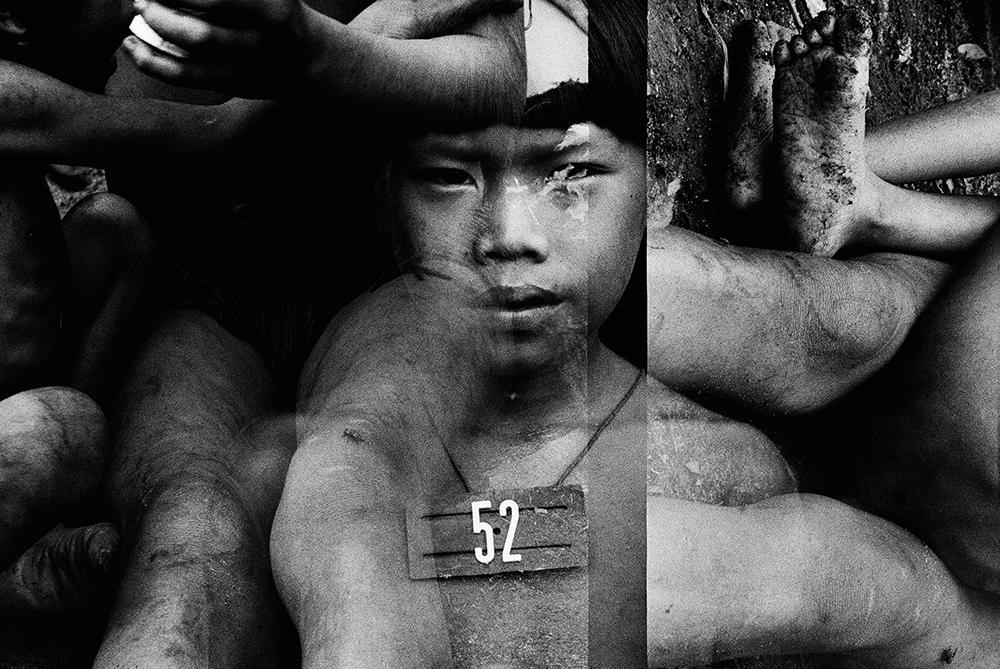
Aracá, Amazonas /Surucucus, Roraima, 1983
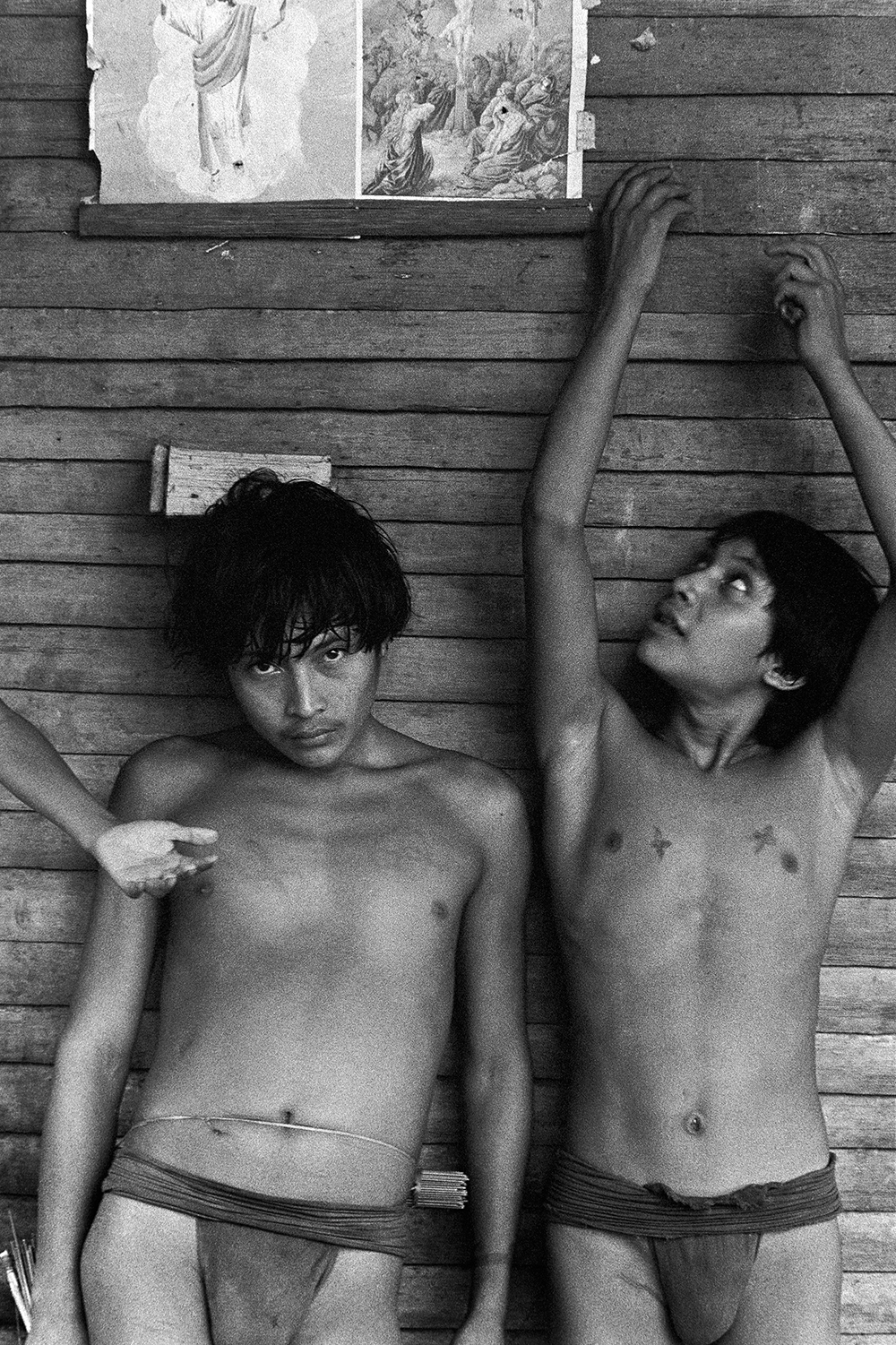
Support site of the Missão Evangélica da Amazônia (Evangelical Mission of Amazonia), Papiú, Roraima, 1982.
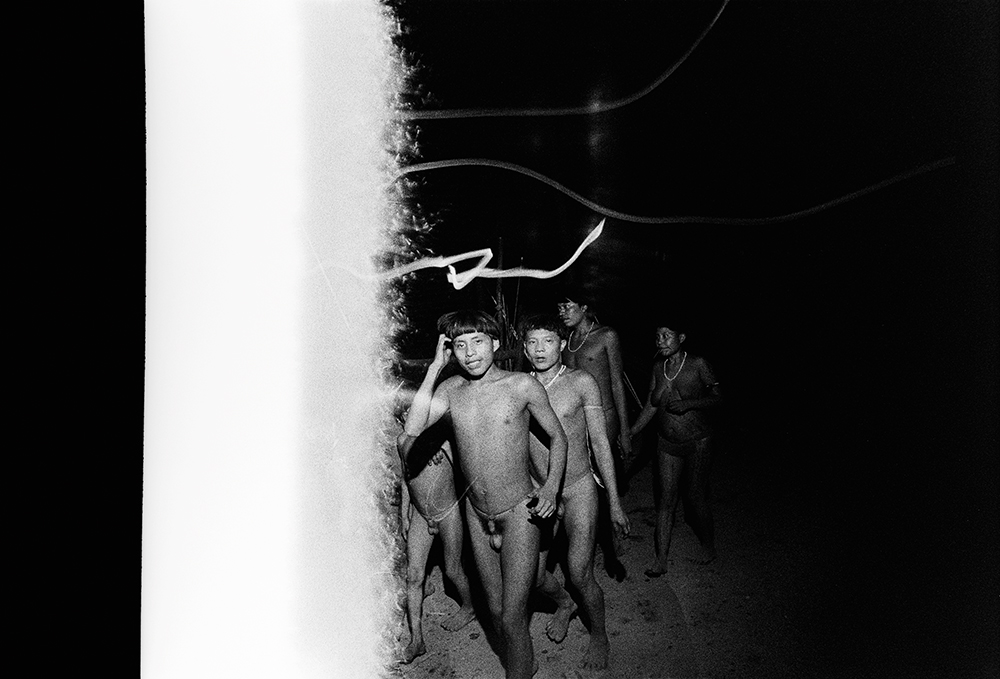
Naki uxima and Marokoi Wapokohipi thëri dance and chant in the collective house during a reahu feast, Catrimani, Roraima, 1974.
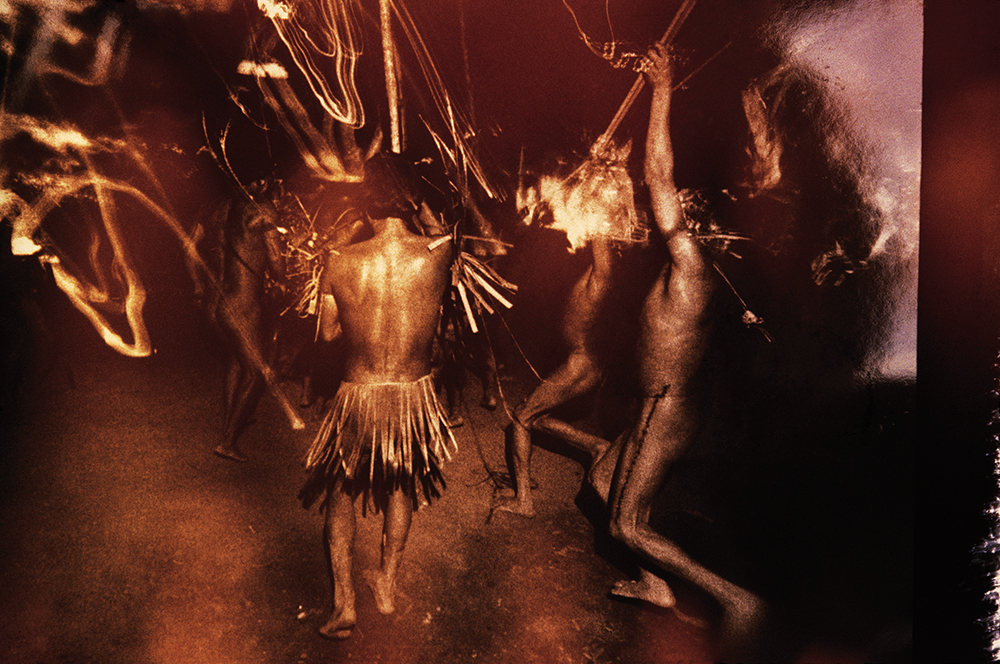
Guests of the Xaxanapi community enter the collective house of their Korihana thëri host in their best outfits, dancing and brandishing arrows for their introduction ritual beginning the reahu ceremony, Catrimani, Roraima, 1974.
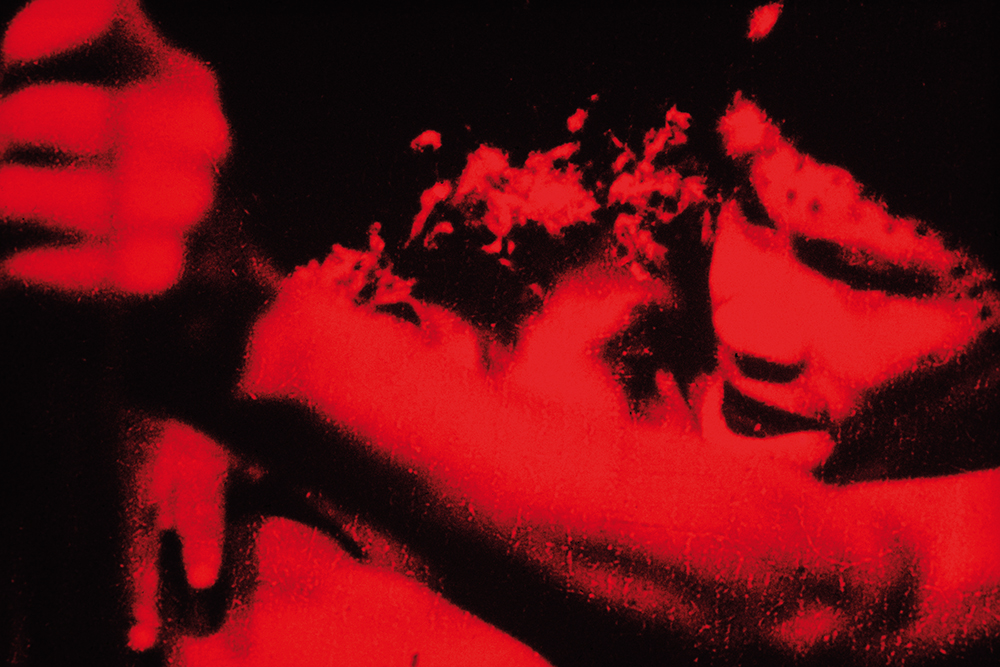
Yãimuu ritual of chanted ceremonial dialogue, Catrimani, Roraima, 1972–76. / Visitor inhaling the hallucinogen yãkoana, Catrimani, Roraima, 1972–76.
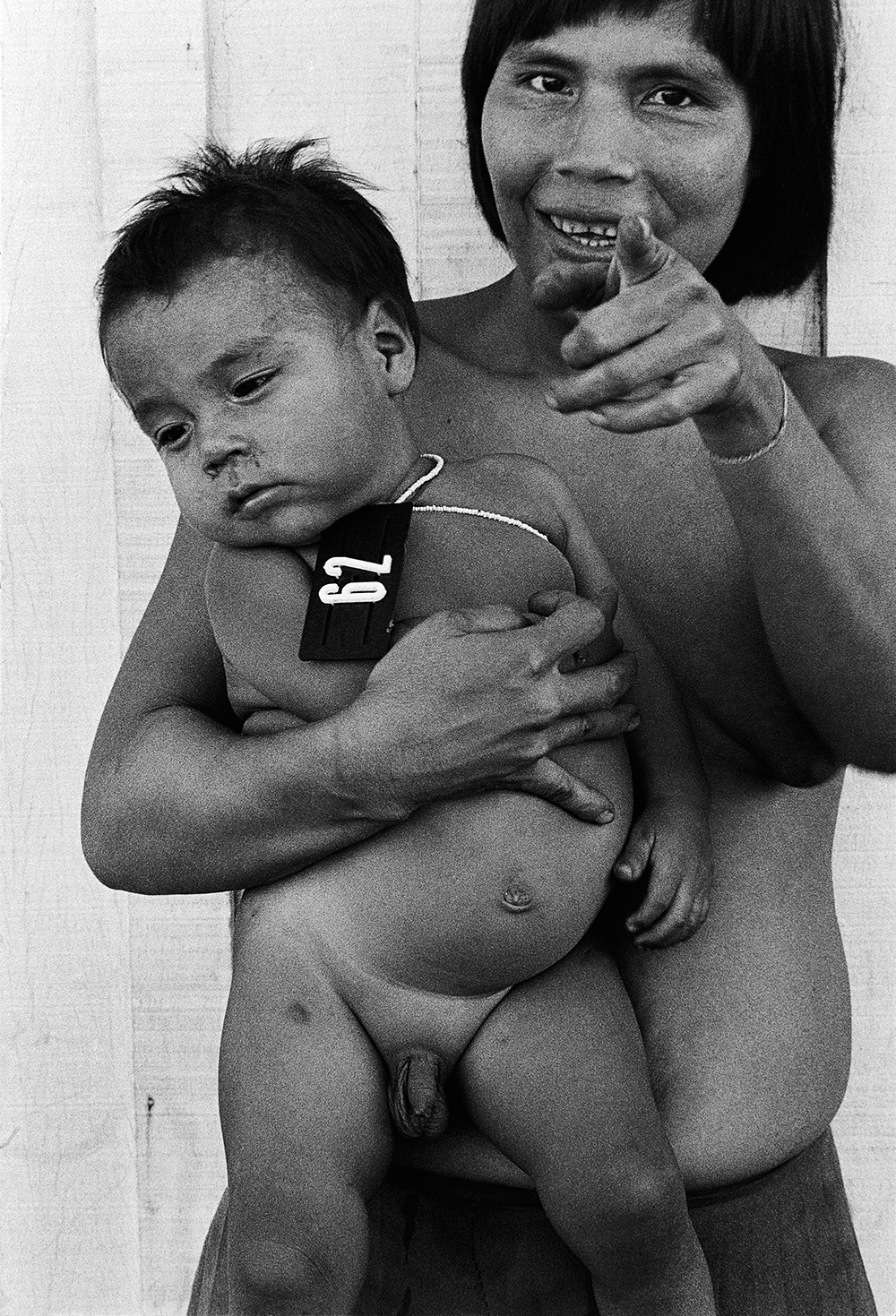
Ajarani, Roraima, 1983






